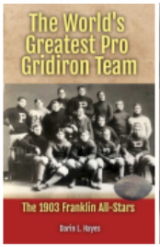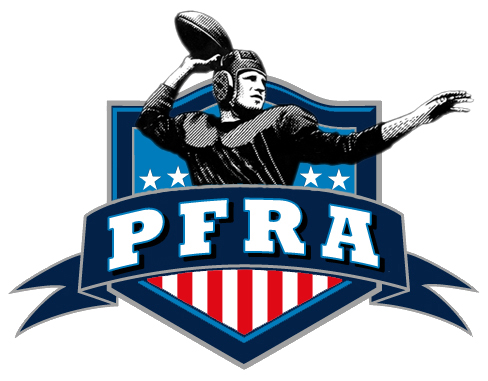The Kansas Jayhawks football program is one of the oldest in college football, having been founded in 1890. The Jayhawks have had a few periods of success over the years, but they have also struggled at times.
The Jayhawks' most successful era came in the early 20th century, when they posted an overall .603 winning percentage. During this time, the Jayhawks also made several major bowl appearances, including the Orange Bowl in 1948 and 1952.
Some of the top Jayhawks that made an impact in the NFL are:
Despite their recent struggles, the Jayhawks have a passionate fan base. The Jayhawks' home stadium, David Booth Kansas Memorial Stadium, is one of the oldest stadiums in college football, and it is always packed for home games.
Here is even more on Jayhawks football history below in the collected posts on the program.









